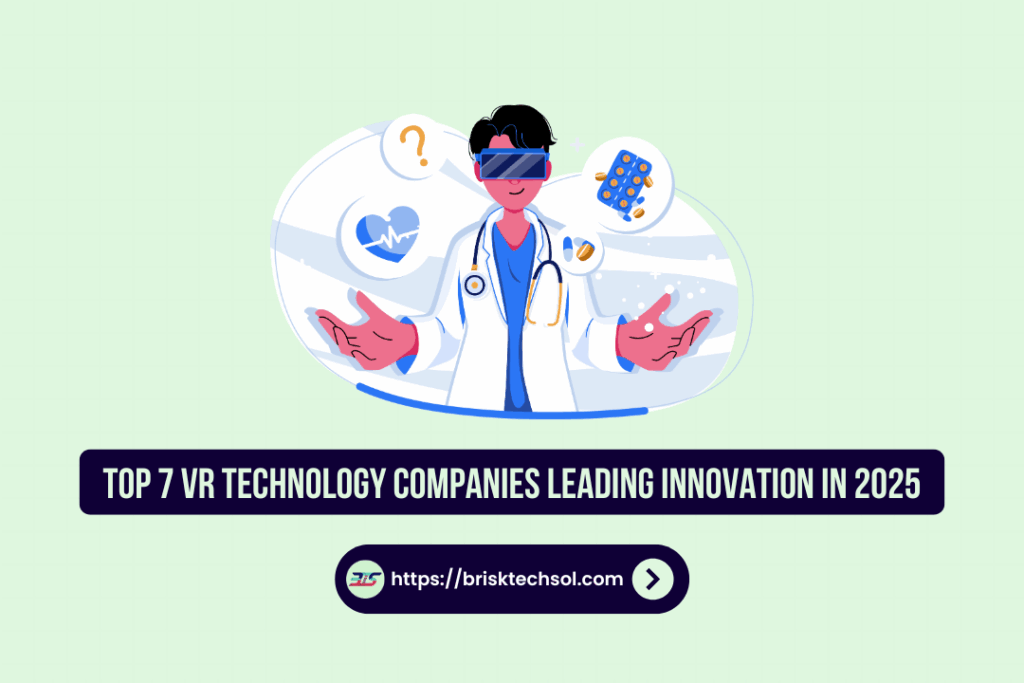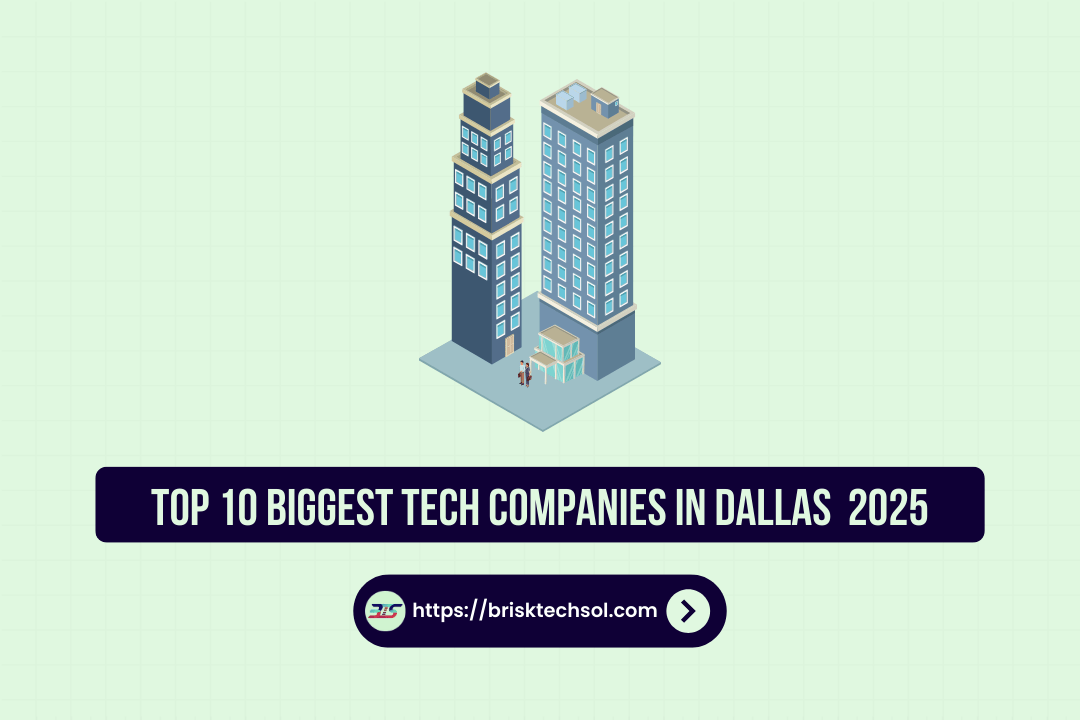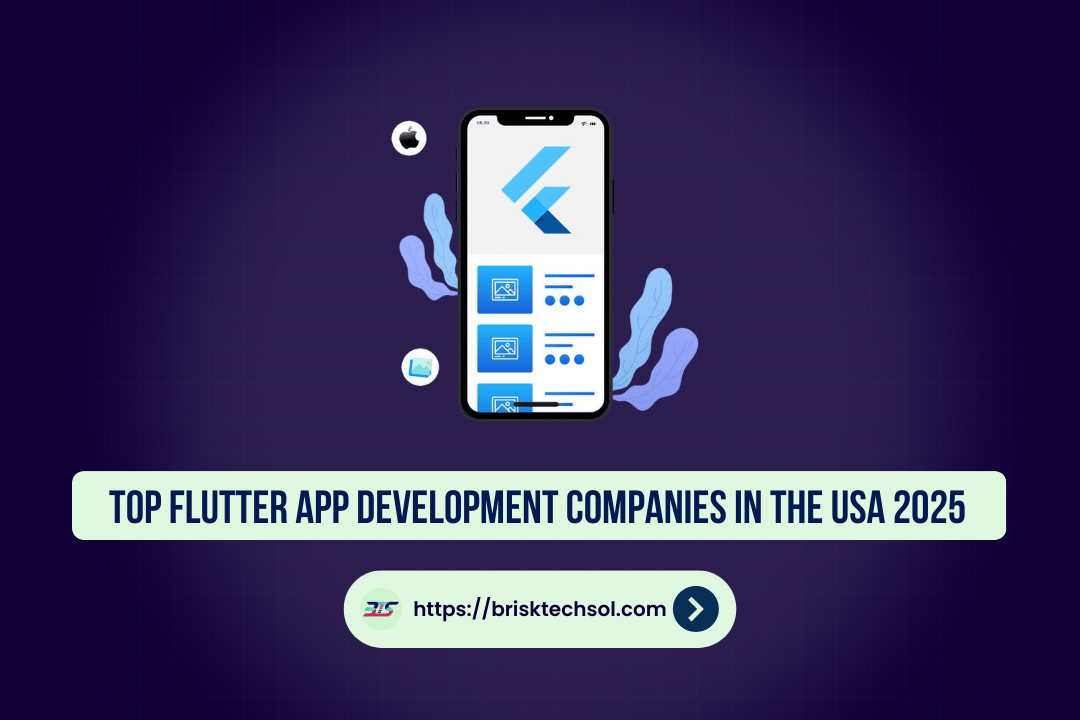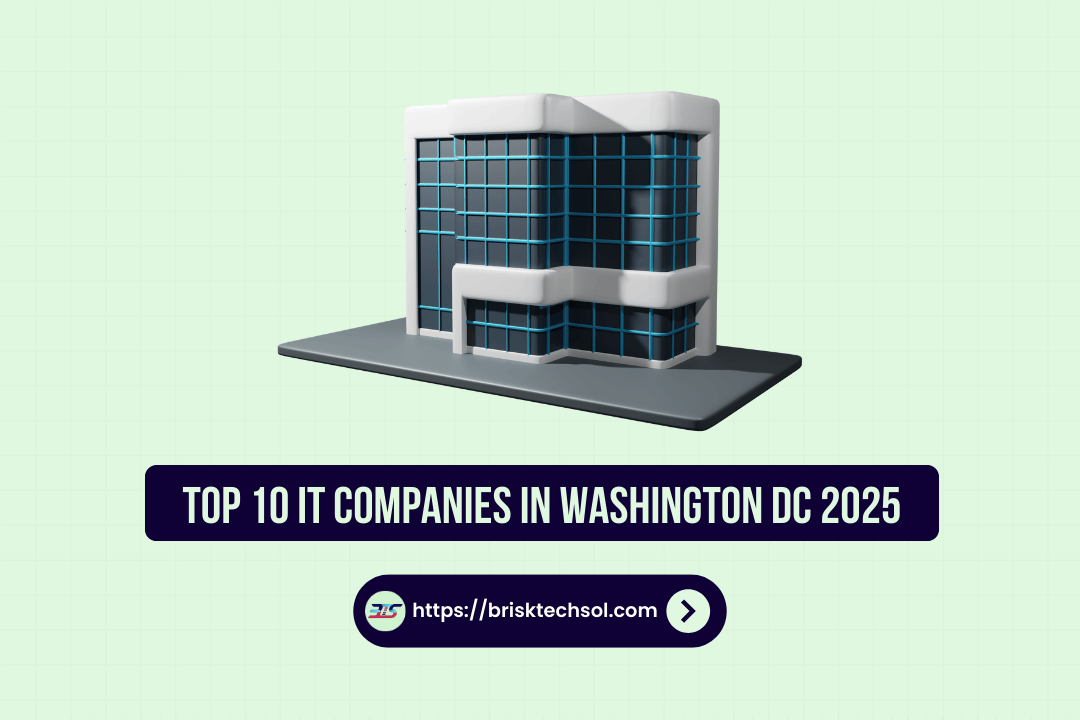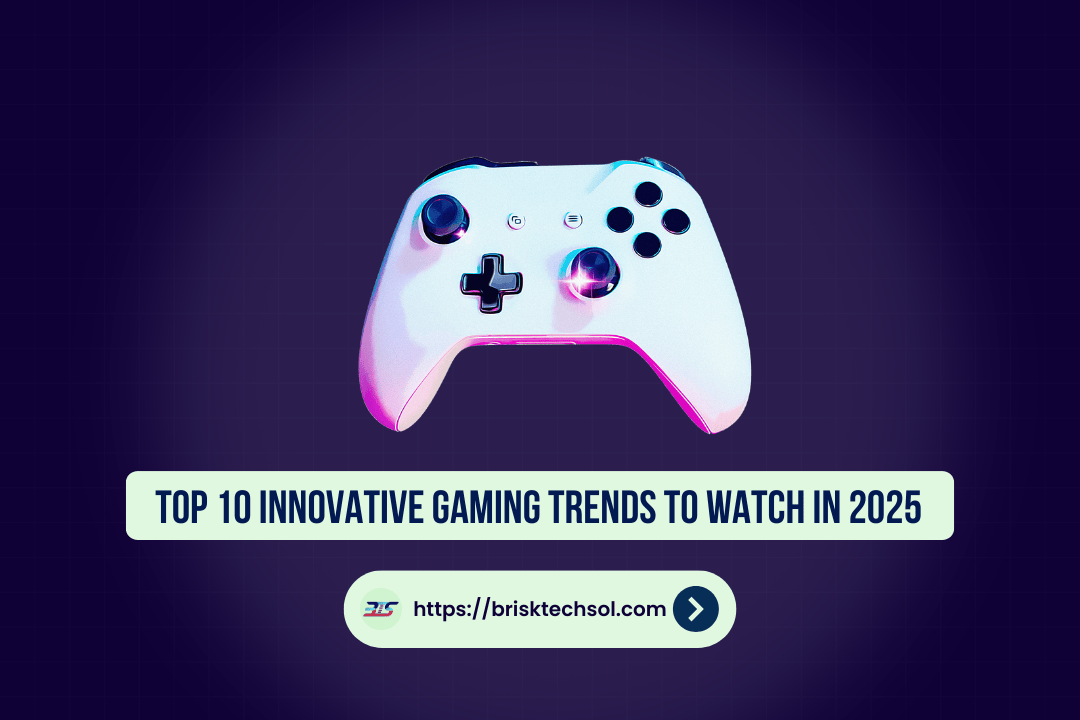The virtual reality (VR) industry has grown by leaps and bounds, thanks to better technology and wider use in both consumer and business settings. According to Grand View Research, the global VR market was worth USD 59.96 billion in 2022 and is expected to reach USD 79.36 billion in 2023. It is expected to grow at a rate of 27.5% per year until 2030. As VR hardware gets cheaper and content libraries grow, VR tech companies are at the forefront of creating more immersive experiences in healthcare, education, games, and other areas.
How to Understand Virtual Reality Technology
Virtual reality is the use of computer-made environments that make people feel like they are really there. Head-mounted displays (HMDs), motion controllers, and tracking systems let people interact with a 3D world. Some important parts of VR technology are:
- Headsets: Things that show stereoscopic images, like the Meta Quest 3 or the Sony PlayStation VR2.
- Sensors and Trackers: To watch how your hands and head move, use infrared cameras or inside-out tracking.
- Controllers: Handheld or glove-like devices that let you move objects and move around.
- Software Platforms: The tools and engines (like Unity and Unreal Engine) that developers use to make VR apps.
When put together, these parts make simulations more realistic, from fully interactive training modules to photorealistic game worlds. Fact.MR, a market research company, says that the global VR market reached US$23.18 billion in 2023 and is expected to grow at a CAGR of 26% through 2033. This shows how quickly VR technology companies are coming up with new ideas.
Why VR Technology Companies Matter?
The ecosystem’s most important parts are the VR technology companies, which make cutting-edge hardware as well as software ecosystems, content distribution platforms, and standards for how different devices can work together. Because of their work:
- Scalable Solutions: Enterprise deployments for training, design, and working together.
- Content Diversity: Games, simulations, therapeutic programs, and social VR platforms.
- Technological Innovation: Improvements in optics, haptics, and tracking from the inside out.
- Market Expansion: Lower price points and improved user experiences attract new demographics.
By pushing the limits of what’s possible all the time, these companies keep costs low, make things easier to use, and create a library of VR apps that keep growing.
The Seven Best VR Tech Companies in 2025
1. Meta Platforms
Meta’s Quest series is the most popular line of stand-alone VR headsets. The Quest 3 is praised for being the best combination of performance, comfort, and price. Meta has the biggest share of the VR headset market right now. This is because the company keeps investing in mixed reality and AI-powered features like live translation and virtual influencers (Investopedia).
2. Sony Interactive Entertainment
Sony’s PlayStation VR2 brings high-fidelity VR to console gamers, leveraging the PlayStation 5’s graphics power for richer environments and haptic feedback via the new Sense controllers. It’s a great choice for immersive gaming experiences because it works with the PlayStation ecosystem.
3. The HTC Company
HTC’s Vive line, which includes the Vive Pro 2 and the Vive Focus, is aimed at both business and consumer users. HTC Vive headsets are popular in design studios and training centers because they support room-scale VR and come with modular accessories that can be used with them.
4. The Valve Company
People love the Valve Index because it has finger-tracking controllers, very low latency, and a high refresh rate (up to 144 Hz). While premium-priced, it remains a benchmark for PC-based VR enthusiasts and developers seeking cutting‑edge hardware.
5. The Microsoft Company
Microsoft’s focus on mixed reality with the HoloLens 2 is mostly on business uses in healthcare, manufacturing, and remote support. Its Azure Digital Twins and cloud services make strong platforms for VR/AR solutions that people can work together on.
6. Apple Inc.
Even though it costs US$3,499, Apple’s Vision Pro has advanced eye-tracking, spatial audio, and a smooth integration with the rest of the Apple ecosystem. Apple is reportedly working on a cheaper model to get more people to buy it, even though sales have been slow so far.
7. Tech Company Unity
Unity powers more than half of all VR content and gives developers a flexible engine, a large library of assets, and strong cross-platform features. Unity is the best real-time 3D development platform for both gaming and business. It lets you make quick prototypes and high-performance VR apps.
New VR Startups
Along with big players, a new wave of startups is making innovations in niches:
- Sandbox VR: A leader in location-based VR games that let multiple people play together and freely move around.
- Varjo: A Finnish startup that makes headsets with high resolution for design and simulation.
- Labster: VR lab simulations with hands-on experiments that improve STEM education.
- Magic Leap: Taking a big step forward by focusing on enterprise AR/VR solutions that use spatial computing.
These new businesses show how VR tech companies are continuing to find new uses for their products and help the industry grow.
VR Technology Usage
VR can be used in many different areas:
- Games and Entertainment: Meta Quest, PlayStation, and PC headsets have immersive games.
- Education and Training: Virtual labs, flight simulators, and walkthroughs of medical procedures.
- Healthcare: Help with managing pain, physical therapy, and planning surgery.
- Enterprise Collaboration: Virtual meeting rooms and 3D design environments.
- Retail and Online Shopping: Virtual showrooms and hands-on product demos.
As the price of VR hardware goes down, more businesses use it to cut down on training costs, improve results, and interact with customers in new ways (Built In).
How to Choose the Right VR Technology Company
Choose a VR partner by thinking about these things:
- Hardware Requirements: Standalone vs. tethered systems, resolution, and field of view.
- Software Ecosystem: Development tools, content libraries, and platform support.
- Use Case Alignment: Does the company focus on gaming, business, healthcare, or education?
- Support and Scalability: SLAs, training, and integration services for enterprise deployments.
- Total Cost of Ownership: Hardware, software licenses, content creation, and maintenance.
Here’s a concise breakdown of the flagship offerings and their current U.S. prices:
| Company | Product | Starting Price (USD) |
|---|---|---|
| Meta Platforms | Quest 3 (128 GB) | $499.99 |
| Sony Interactive Entertainment | PlayStation VR2 | $399.99 |
| HTC Corporation | Vive Pro 2 (Full Kit) | $799.99 |
| Valve Corporation | Valve Index (Full Kit) | $999.00 |
| Microsoft Corporation | HoloLens 2 | $3,500 |
| Apple Inc. | Vision Pro | $3,499 |
| Unity Technologies | Unity Pro (per seat/yr) | $2,200/year |
By looking at these things, you can be sure that your goals and the products VR technology companies offer are in line with each other.
VR Technology in Future
In the years to come, the VR world will be shaped by:
- AI-Driven Experiences: Smart NPCs, content creation based on steps, and personalized training modules.
- Wireless & 5G Connectivity: Ultra-low latency streaming for cloud-rendered VR applications.
- AR/VR Convergence: Augmented and virtual realities merging into one experience.
- Improved Ergonomics: Headsets that are lighter, batteries that last longer, and new ways to use haptic feedback.
- Enterprise Adoption: More people using it for digital twins, design review, and working from home.
With these improvements, VR tech companies will keep pushing the limits of immersive computing (AP News).
Conclusion
There are more tech giants, specialized hardware vendors, and quick-moving startups competing in the VR technology market than ever before. Businesses and consumers can both use virtual reality to their advantage by figuring out market trends, evaluating key players, and making sure that technology choices are in line with long-term goals. The VR industry is expected to reach USD 435 billion by 2030. To stay ahead of the curve, now is the time to work with top VR innovators (Grand View Research).
FAQs
Who are the best companies that make VR technology?
Meta (Quest), Sony (PSVR2), HTC (Vive), Valve (Index), Microsoft (HoloLens), Apple (Vision Pro), and Unity (development platform).
How do I pick the best VR gear for my needs?
Think about whether you need standalone or PC-tethered devices, the resolution and refresh rate you want, and how well the device will work with the software you already have.
How much do VR headsets cost?
Standalone headsets start at $299 and go up to $3,499 for high-end devices like the Apple Vision Pro.
What kinds of businesses can use VR the most?
Gaming, education, healthcare, enterprise collaboration, and retail leverage VR for immersive training, simulations, and customer engagement.
What’s next for companies that make VR tech?
Expect AI‑powered content, wireless 5G streaming, AR/VR hybrid devices, improved ergonomics, and expanded enterprise solutions as the next wave of innovation.


